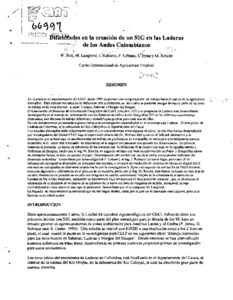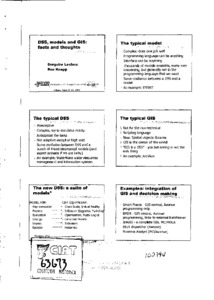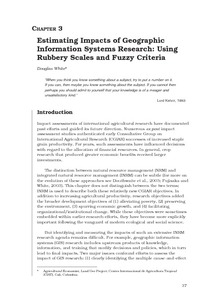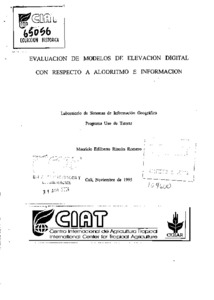Diversity of the calabash tree (Crescentia cujete L.) in Colombia
Germplasm of the calabash tree (Crescentia cujete L.) was collected in five major regions of Colombia, i.e. the Andes, Caribbean, Amazon, Orinoco, and Pacific regions. Collecting this multipurpose tree was guided by the indigenous knowledge of farmers and artisans in each region. Large variation in fruit shapes and sizes was found, of which some forms were typical for certain regions. Overall 56 accessions were collected and roughly classified into 22 types by eight fruit shapes and eight sizes.






